-
Pump: A Natural History of the Heart
By Bill Schutt
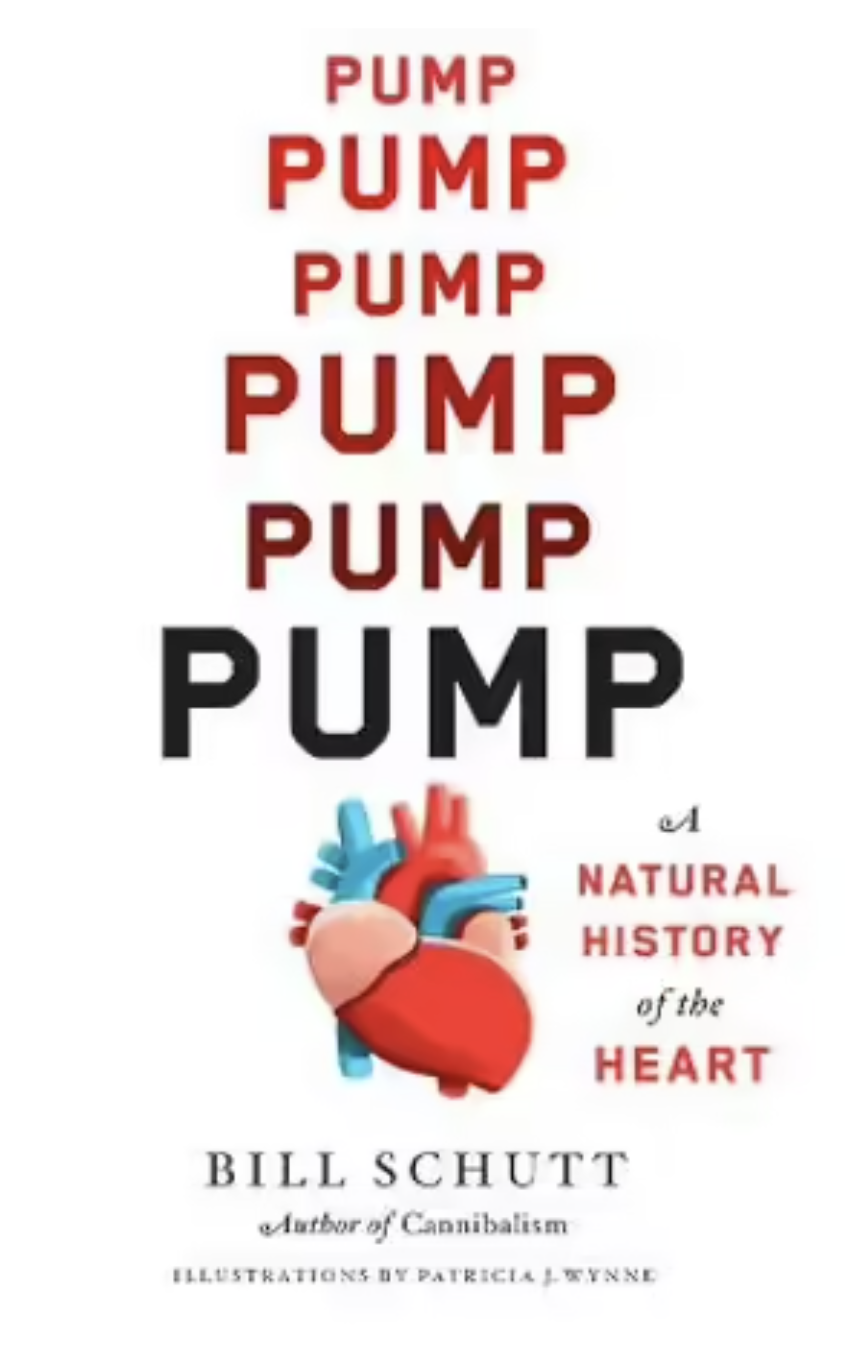
Bill Schutt has become one of my favorite writers, and here’s why: he recognizes that science doesn’t exist in a vacuum. He entertainingly writes about research in the broader context of natural and human history, current affairs and even pop culture. Pump is a natural history of the heart and the science is fascinating. Schutt is a zoologist, and entertainingly details the evolution of the heart.
But I especially loved how this book so successfully tells the human story, of how and why we came to regard the heart as something more than a blood-pumping organ. There are cool animals and plenty of song lyrics, tales of medical misadventure and triumph, and even time with one gigantic whale heart. As with all Schutt’s non-fiction, there’s a mix of both humor and the macabre. It is science writing at its finest. Read it, then look up Schutt’s other titles. (Matthew L. Miller)
-
Sharks of the World
By David Ebert, Marc Dando and Sarah Fowler
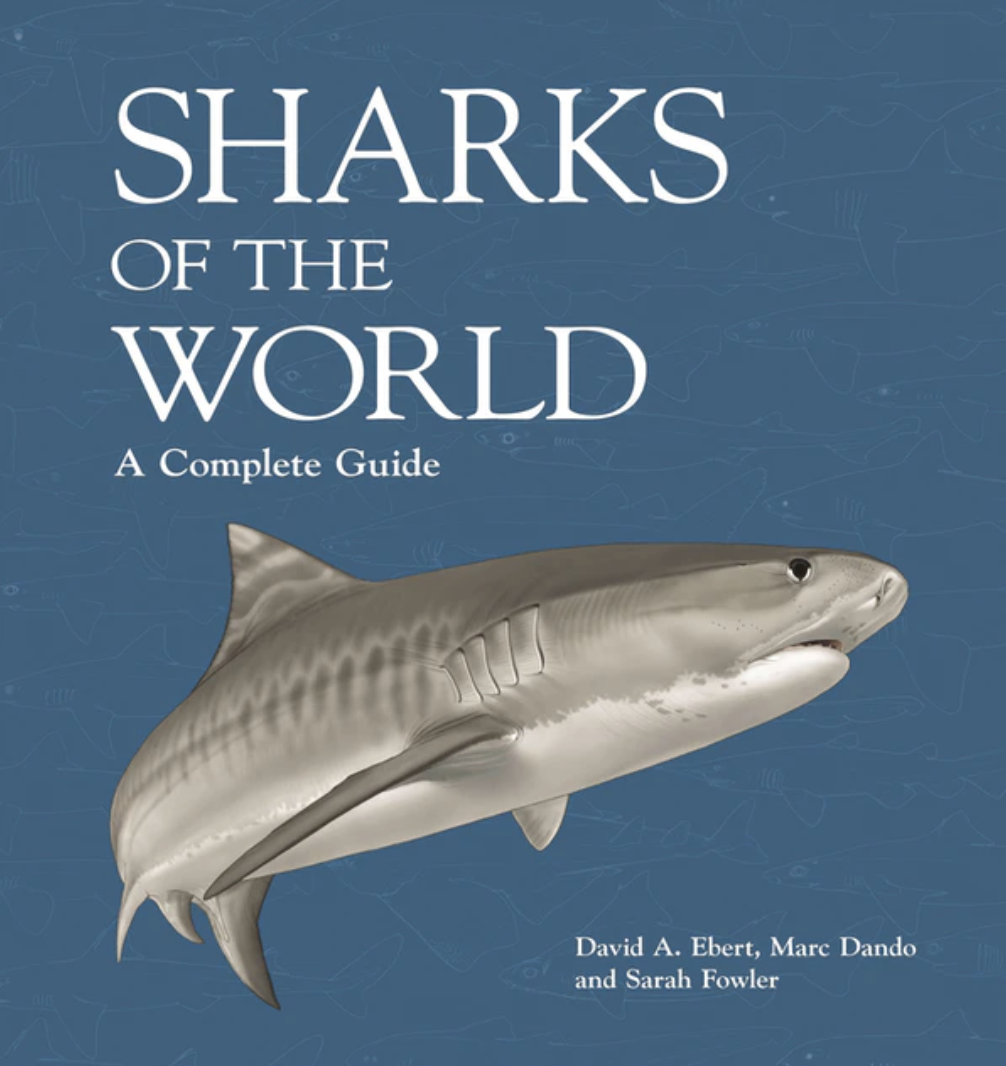
Quite simply, this is the definitive reference for sharks. It includes the high-quality field guide illustrations I have come to expect from Princeton Field Guides. It covers all the world’s shark species, and also provides range maps, identification tips and natural history information. It’s a beautiful book and also easy to use.
My 6-year-old son, besotted with sharks, loves paging through it for his favorite species. Many people are, of course, fascinated by sharks and these creatures are also of high conservation concern. But despite the attention, many of the world’s bizarre and fascinating species are poorly known. This book showcases that diversity. If you’re a field guide enthusiast, snorkeler or saltwater angler, this book belongs on your bookshelf. (MM)
-
Rebirding: Restoring Britain’s Wildlife
By Benedict Macdonald
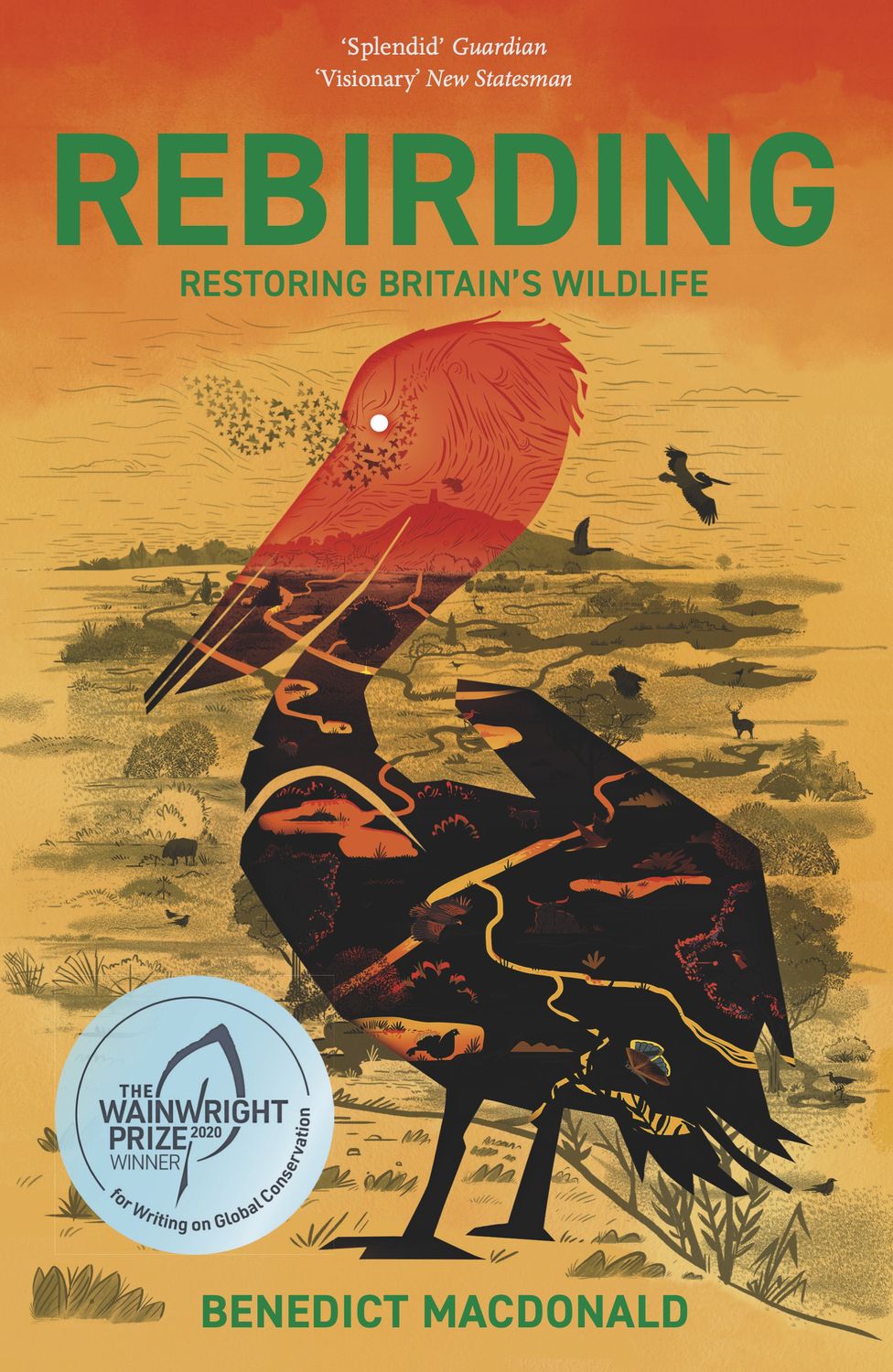
The concept of rewilding works for me as a thought experiment, but I often find the proposals to be wildly impractical, if not completely divorced from reality. That’s why Benedict Macdonald’s Rebirding: Rewilding Britain and Its Birds is a refreshing take. It sets out a bold vision for rewilding the British Isles, yes, but it does so by making a strong (and very practical) economic, ecological and social case.
In telling Britain’s history, Macdonald compellingly demonstrates how the country lost so much of its biodiversity. In fact, it’s one of the most biologically impoverished countries on the planet, despite having no shortage of countryside. Macdonald proposes shifting rural land use away from industries that are often propped up by enormous subsidies and only benefit a few. I appreciate that he is very sensitive to the human side of rewilding, showing that these changes would actually benefit rural communities. For instance, he argues that shifting from intensive management of grouse moors (for the sport of grouse shooting) to more varied wildlife would draw far more local and foreign visitors for birding, ecotourism and even hunting.
It’s perhaps the best rewilding book I’ve read, and I’ve read a lot of them. I’d love to see such an analytical approach taken for rewilding projects in other parts of the globe. (MM)
-
Thicker Than Water
The Quest for Solutions to the Plastic Crisis
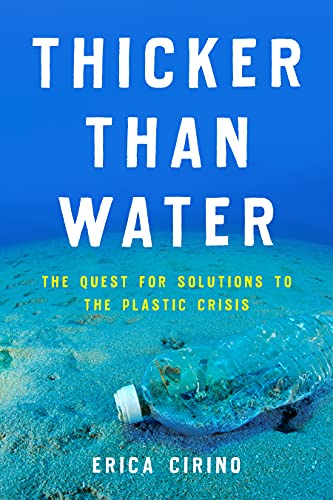
Our oceans are full of plastic, and it’s a problem.
This isn’t exactly new information. Your news feed is probably full of petitions to stop single-use bags and videos of sea turtles with drinking straws up their nose. But much of what you know about plastic pollution is wrong.
In Thicker Than Water, journalist and photographer Erica Cirino steers us through the true scope of the plastic pollution crisis. Cirino is a talented, lyrical writer who gets her hands dirty. Some of my favorite passages in the book describe her journey on a research vessel that sailed straight through the guts of the Great Pacific Garbage Patch.
Her book is a much-needed reminder that the plastics crisis isn’t an isolated problem that can be solved with reusable shopping bags or a natural body scrub. It’s an offshoot of the climate crisis and environmental justice, and can only be solved if take a long, hard look at our throwaway culture. (Justine E. Hausheer)
-
Protecting the Places We Love: Conservation Strategies for Entrusted Lands and Parks
By Breece Robertson
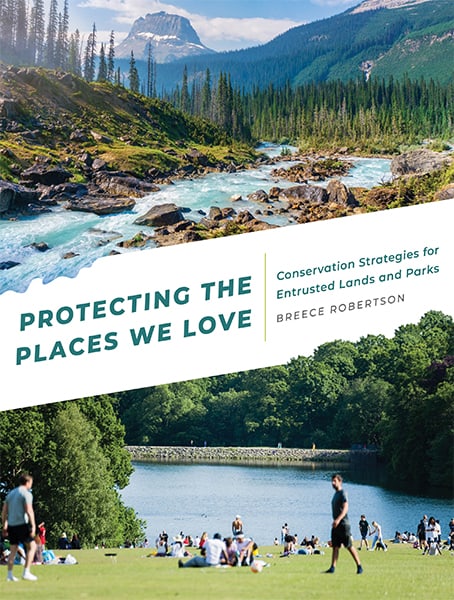
Like the carpenter’s hammer and the astronomer’s telescope, GIS is one of the main tools for conservation. In Protecting the Places We Love, Breece Robertson draws from her insight and passion to show how geospatial tools are guiding the most urgent phase of conservation the world has ever faced. Time is short to protect the places that safeguard a dwindling number of plant and wildlife species, places that protect our cities from flooding and ensure that we have a future where people are connected to nature.
Robertson cites an array of tools, partnerships and projects that can help accelerate the pace and scale of conservation that’s needed now and in the coming years. Resources like the Resilient Lands Mapping Tool and many others show where agencies, land trusts and creative partnerships can prioritize important conservation strategies. If you want to dig into the details behind the science of place, this is your book. (Eric Aldrich)
Five New Books for Fall Reading
Five conservation books for your fall reading pleasure.
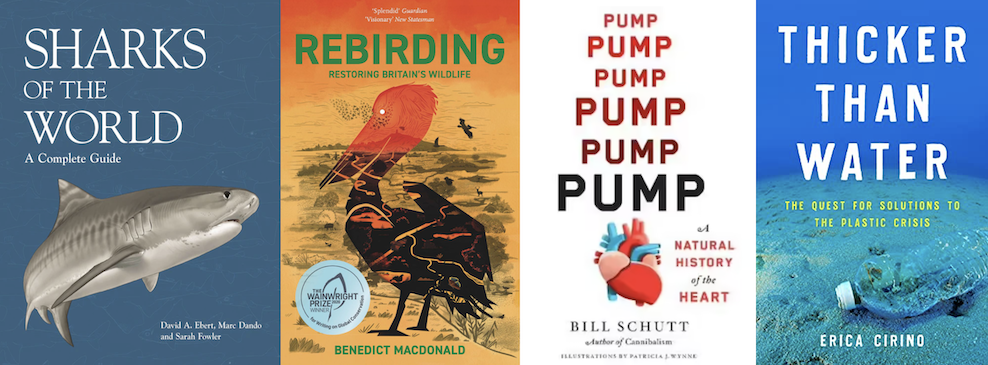



Join the Discussion